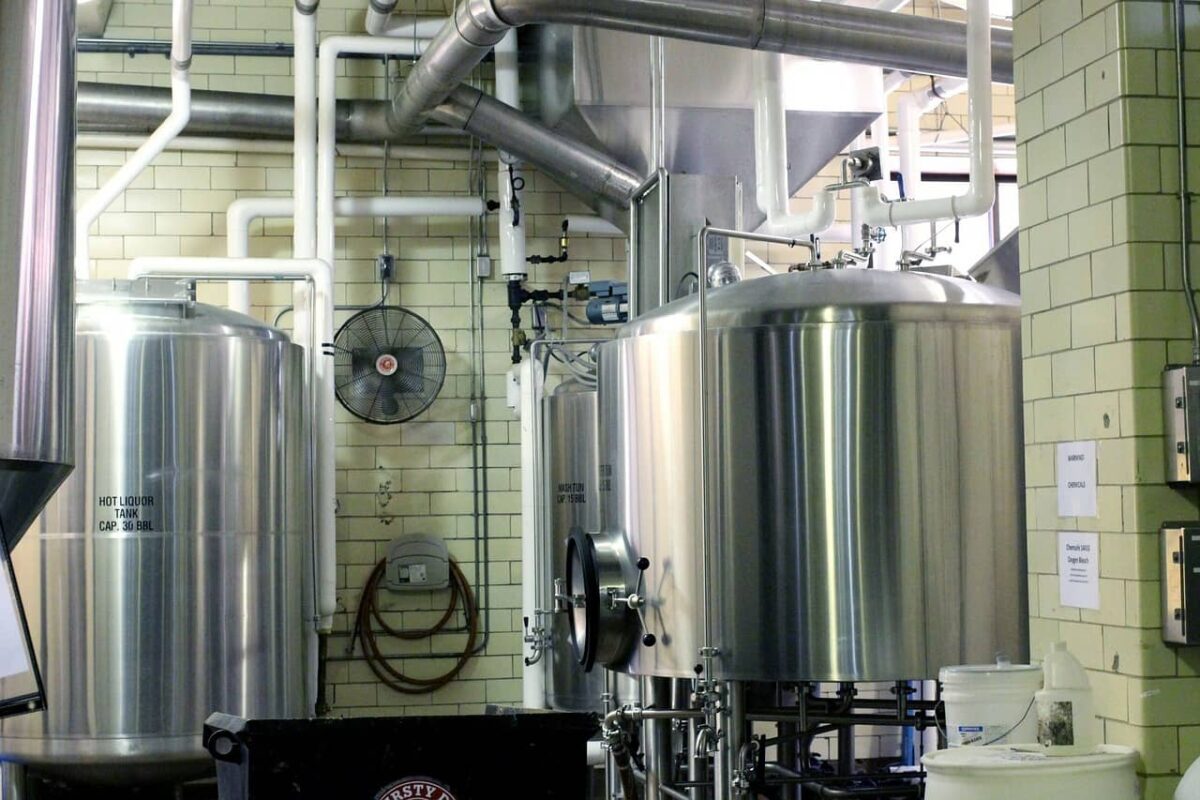On This Page
Methods and Equipment For Safe Food Production
Our society has come a long way from finding food as hunter gatherers. Today, every boxed, canned, cooked, grown, or fresh food is available at our fingertips. With that comes the advancement in food processing. For most people, food processing has a negative connotation. But the basic system of food processing is just meant to preserve and process our food more efficiently. Food processing is the method of turning fresh food into consumable food products. There are multiple processes used to convert food into its new form depending on its purpose. The various methods of processing include canning, fermentation, freezing, and more. For example, an apple can be processed in a variety of ways. An apple can be sliced, made into apple juice, dried, made into apple sauce, or made into a jam. Read on to learn more about the specific methods for food processing and how food grade pumps are used.Canning
Fresh fruits and vegetables are canned to preserve freshness and extend their shelf life. Produce is stored in an air-tight can so it can carefully be sterilized by hot water. Pasteurization is used to quickly heat the canned item, and then dramatically drop the temperature to cool down the can. This process kills any microorganisms that may be harmful to eat. After the canning process is complete, the canned produce can last in your kitchen much longer than the fresh version. It’s also cheaper than fresh produce, has more antioxidants, and helps reduce food waste. A GP 275 lobe food grade pump is used for canning smoothly and quietly.Fermentation
The most common use of fermentation is the creation of alcoholic drinks such as beer and wine, and non-alcoholic drinks like cider and kombucha. Many people don’t realize that the fermentation process can also be used for the preservation of food such as sauerkraut, dry sausages, and yogurt. Fermentation occurs when sugar is broken down by bacteria, yeast, or other microorganisms under anaerobic conditions. Anaerobic conditions occur when there is no oxygen present. A double diaphragm sanitary food grade pump ensures the integrity of the fermented liquid throughout the process.Freezing
As many people do in their own homes, freezing food and meat is a way to preserve the freshness of the food, extend its shelf life, and decrease the presence of harmful bacteria. For example, fresh vegetables must be washed, blanched, and packaged before they can be frozen. Blanching refers to the method of cooking a vegetable or fruit in high heat for a brief period of time, before it is immediately transferred to an ice bath to halt the cooking process. Frozen produce tends to be cheaper than fresh, has an extended shelf life, and reduces food waste. A gear food grade pump is ideal for frozen foods to maintain the integrity of the food without breaking it apart.Pros of Using Food Grade Pumps For Food Processing
- Makes indigestible foods edible – Grains like wheat and corn are not edible or digestible in their natural state. Food processing can turn grains into flour which becomes bread, cereal, or pasta.
- Shelf-life – Various food processing methods remove harmful microorganisms from our food to extend their shelf life and improve food safety.
- Nutritional value – Many forms of processing enhance the nutritional value of food. Vitamin D can be added through fortification.
- Convenience – Processing allows typically hard-to-find or seasonal food items to be packaged and provided in ready-made meals, bagged salads, and canned produce.
Food Processing Is Not Your Enemy
 Processed food doesn’t have to mean that it’s unhealthy. While processed foods with high sugars and additives are not healthy options, many processes such as canning, freezing, and fermentation help preserve the nutritional quality of food. A food grade pump is designed to maximize food production while also maintaining high sanitization levels. Whether you’re changing your diet or want to learn more about food processing, understanding the ways our grocery stores preserve their food improves our food awareness.
Processed food doesn’t have to mean that it’s unhealthy. While processed foods with high sugars and additives are not healthy options, many processes such as canning, freezing, and fermentation help preserve the nutritional quality of food. A food grade pump is designed to maximize food production while also maintaining high sanitization levels. Whether you’re changing your diet or want to learn more about food processing, understanding the ways our grocery stores preserve their food improves our food awareness. 
